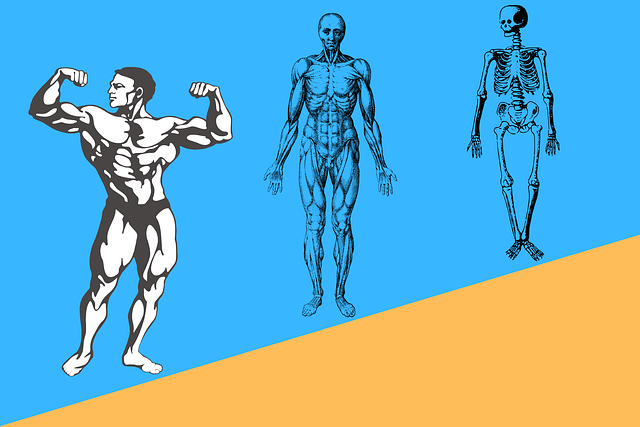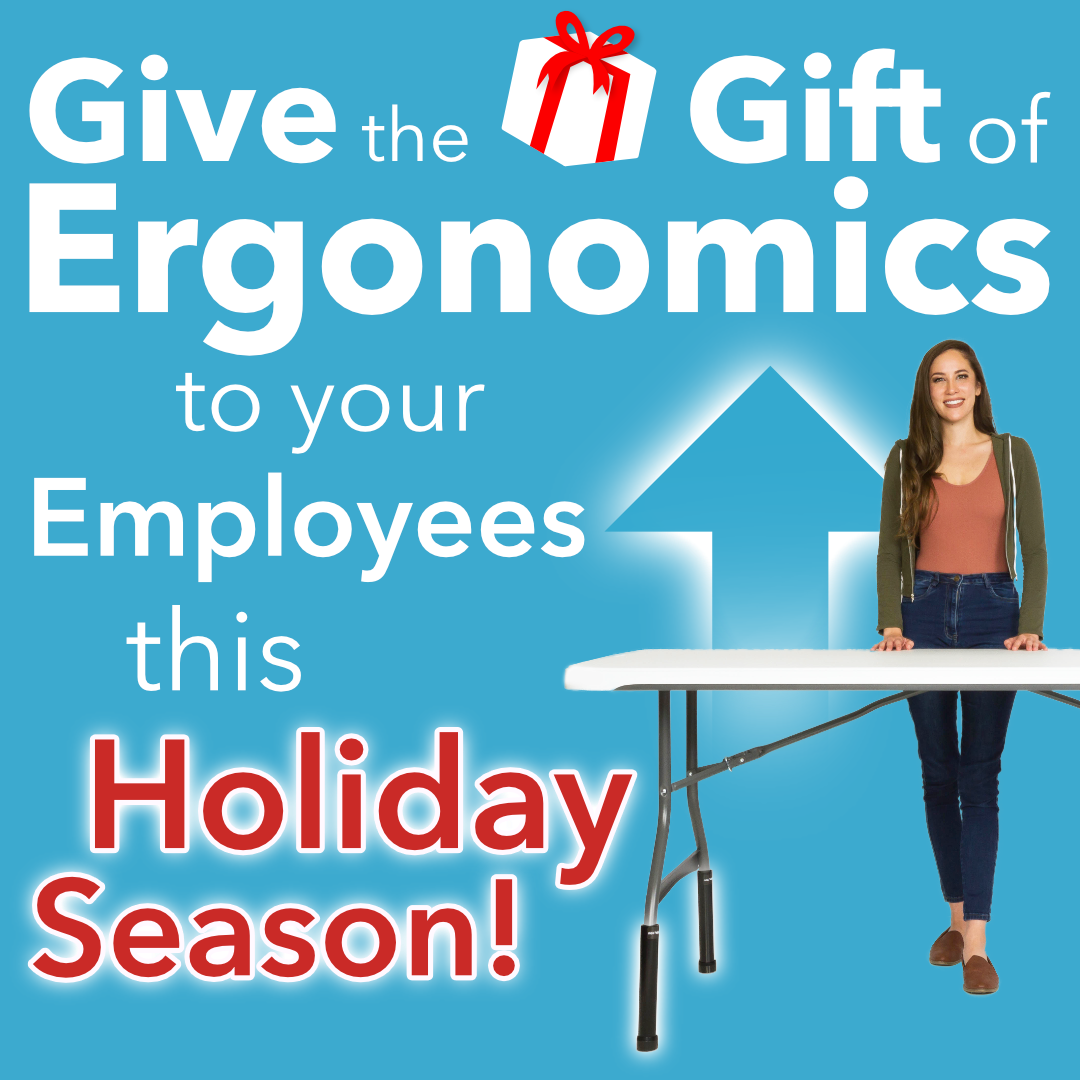October 20 is World Osteoporosis Day, and living a long healthy life means taking care of your bones. Osteoporosis is what gives older adults the hunch-backed look, so stand tall no matter what age you are!
Osteoporosis isn’t just for women
Although post-menopausal white and Asian women are at highest risk, anyone can experience brittle bones. Bones are constantly breaking down and being replaced with new tissue, and osteoporosis occurs when the bone tissue replacement can’t keep up with the amount being lost.
Most people reach their peak bone mass by age 30, and after that aging begins to slow down bone renewal. Those who achieved a higher bone mass when young are less likely to experience weak and brittle bones later in life.
Certain medications also increase risk, especially corticosteroids, which are known to interfere with the bone rebuilding process. Also, some illnesses such as celiac, inflammatory bowel, certain cancers, and rheumatoid arthritis are known to increase the likelihood of osteoporosis.
In addition to age and gender, other risk factors include a family history of the condition and having a small frame, which means less bone mass. You can’t do much about these risk factors.
But others include being sedentary, not getting enough calcium and vitamin D, smoking and drinking too much. Those you can definitely do something about!
What’s so bad about brittle bones?
You might think that as long as you take measures to prevent falling that you’re OK. Hip fractures often lead to death in the elderly, and they’re most often caused by falls.
But spine fractures are also bad and can result in pain, being hunched over, and loss of height. They aren’t always the result of falling, either. Your bones can become so weak that a hard cough can break a vertebra, or even just bending over.
How to prevent osteoporosis
Many of our readers are already over the age of 30, so now it’s important to try to maintain what bone mass you have. If you’re younger and not taking care of your bones, start now.
- Get enough calcium and D
You don’t have to drink milk if you don’t like it or can’t tolerate it. You can also find calcium in dark green leafy veggies, soy products such as tofu, canned salmon or sardines with the bones… stuff you should probably be eating anyway.
Humans synthesize vitamin D from sunlight, but if you can’t get enough from the sun, trout, salmon, and cod liver oil have it. Many milk and cereal products are also fortified with Vitamin D.
It’s important to note that as you get older, you need more of each. Women need more calcium at age 50, which men need at 70. Also at age 70 everyone needs to increase their vitamin D intake.
- Exercise
As you know from reading many of our previous posts, sitting is bad for your health! It’s also a good way to weaken your bones when you do it for too long.
If you work at a desk, make sure you’re standing up periodically and putting some weight on your bones, which encourages bone renewal. (If you need help converting a folding table to a standing desk, we’ve got you covered)
Three types of exercise help you with your bones and should be included in your movement regimen.
1. Weight-bearing
While many people enjoy bicycling, it’s not a weight-bearing exercise. Make sure you alternate with things like walking, running, dancing, stair-climbing, jumping rope, or sports that have impact, like tennis.
2. Strength training
This helps you build muscle and bone along your arms and spine, which will help you avoid fractures as well.
3. Balance
Although not all fractures are caused by falling, maintaining your balance is a great way to avoid falls. You might look into something like tai chi or yoga for an enjoyable way to maintain your ability to balance.
Need to lift your folding table so you can stand instead of sitting all the time? Check out our store for the full product line.
Lift Your TableⓇ… SAVE YOUR BACK!




